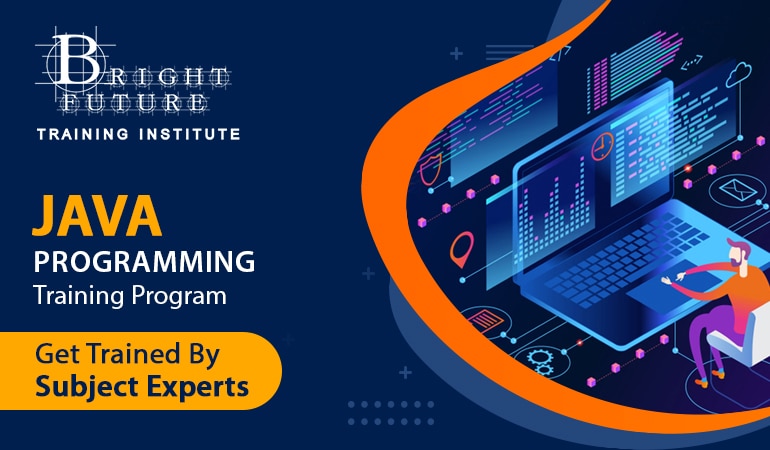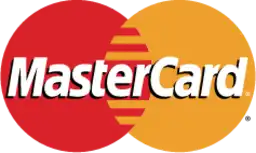

This course is designed to enable individuals with little or no programming experience to begin learning programming using the Java programming language. The course covers the significance of object-oriented programming, the keywords and constructs of the Java programming language, and the steps required to create simple Java technology programs. Platform independence is one of the most significant advantages that Java has over other programming languages, particularly for systems that need to work on many different platforms. Java is platform-independent at both the source and binary levels.
Bright Future Training Institute provides the best Java Training in Dubai. Those taking this course will gain hands-on experience learning basic object-oriented concepts such as inheritance, encapsulation, and abstraction. Participants will learn how to create and use simple Java classes containing arrays, loops, and conditional constructs. Our comprehensive Java Training in Dubai ensures that you are well-prepared to tackle real-world programming challenges.
By the end of this Java Training in Dubai, participants will be able to:
Java Training in Dubai is ideal for:
Participants of our Java Training in Dubai will receive:
The Java Training in Dubai includes a combination of interactive lectures, hands-on coding sessions, group discussions, and project work. Participants will engage in practical activities to apply their knowledge and build real-world applications. Experienced instructors provide personalized guidance and feedback throughout the Java Training in Dubai.
Enroll in the Java Training in Dubai at Bright Future Training Institute to master Java programming, enhance your technical skills, and open up new career opportunities in the ever-evolving field of technology! This comprehensive course is designed to equip you with the knowledge and practical skills needed to excel in Java programming.

Bright Future is committed to culminate the wished results with a perfect blend of senior educationists and young breed of energetic trainers on its faculty. We are an affiliate partner of British Council and consistently generating 7 -9 Bands of both ielts academic and ielts general tests.




Bright Future is committed to culminate the wished results with a perfect blend of senior educationists and young breed of energetic trainers on its faculty. We are an affiliate partner of British Council and consistently generating 7 -9 Bands of both ielts academic and ielts general tests.
© Copyright Bright Future 2025 | Designed and Developed by Learnovate Digital